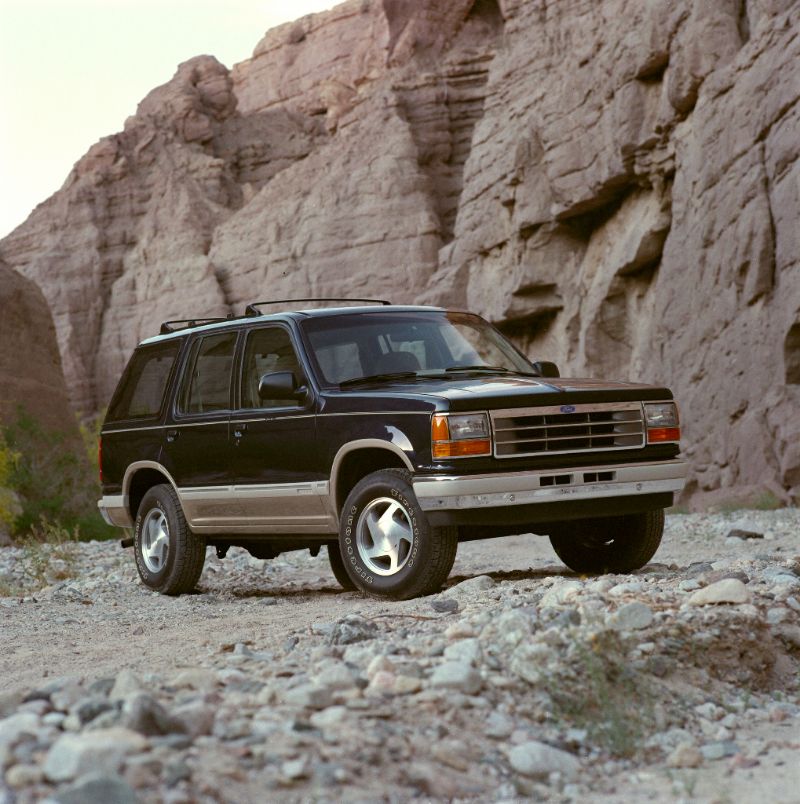
1st Generation Explorer
The Ford Explorer is still a relatively young vehicle, having begun in 1991. Even so, it has a rich history spanning more than 25 years since it replaced the Ford Bronco II. The Ford Explorer quickly became a hit, with the first generation selling over 300,000 units annually.
First Generation
The first generation of the Ford Explorer lasted from 1991 to 1994. As mentioned, it replaced the Bronco II. Like that Bronco II, it was based on the Ford Ranger compact pickup. Unlike its predecessor, the Explorer was available with either two or four doors, with the second option helping it appeal to families. The first-generation Explorer used the 4-liter V6 with 155 to 160 horsepower and the choice of a 4-speed automatic or 5-speed manual. There was also the choice of rear-wheel or four-wheel drive.
Second Generation
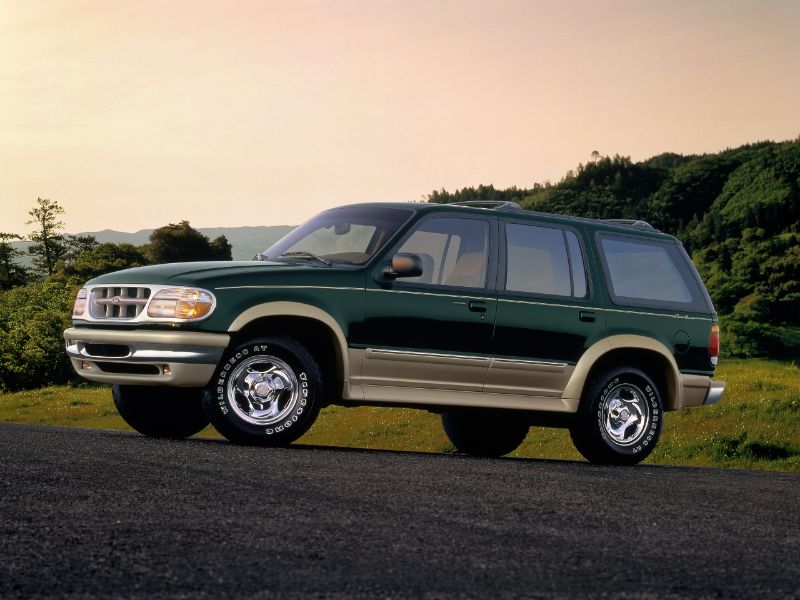
1997 Explorer
For its second generation, which lasted from 1995 to 2001, the Ford Explorer got significant updates, including mechanical upgrades and a front end that was more aerodynamic. The previous semi-independent twin I-beam/traction-beam suspension was replaced by a full independent long- and short-arm one. Meanwhile, rack-and-pinion steering replaced recirculating-ball steering. For 1996, the 5-liter V8 arrived with an optional full-time all-wheel drive. Just a year later, a 4-liter V6 with more power was added with a 5-speed automatic. This same year, the V8 got new heads for a small boost to power.
Third Generation

3rd gen -2002
The third generation of the Ford Explorer was relatively short, just lasting from 2002 to 2005. At this point, it no longer got its basic design from the Ranger, which meant an extensive redesign took place. This updated Explorer offered an optional third row to fit seven passengers. It also got an independent rear end that meant this third row was more spacious than other midsize SUVs. This Explorer also got improved ergonomics and more amenities. Although the 4-liter V6 remained, the 5-liter V8 got replaced by a 4.6-liter V8 with 230 horsepower and 285 pound-feet. Following the 2002 model year, the manual transmission was no longer available.
Fourth Generation
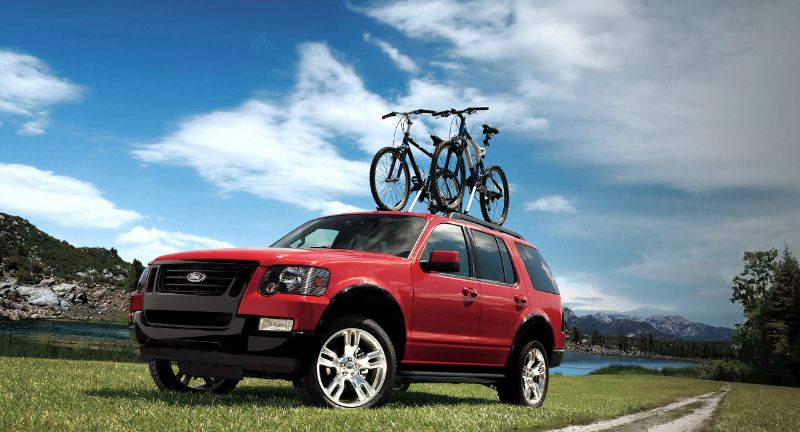
2009 Ford Explorer
Between 2006 and 2010, the Ford Explorer was in its fourth generation. While it looked similar, it had a revised front suspension and cross-members through the frame rail for a stiffer frame. The 4.6-liter V8 got a new 3-valve head to deliver 292 horsepower and worked with a 6-speed automatic. Improved safety features included canopy airbags and Roll Stability Control. The interior quality also experienced noticeable improvement.
Fifth Generation
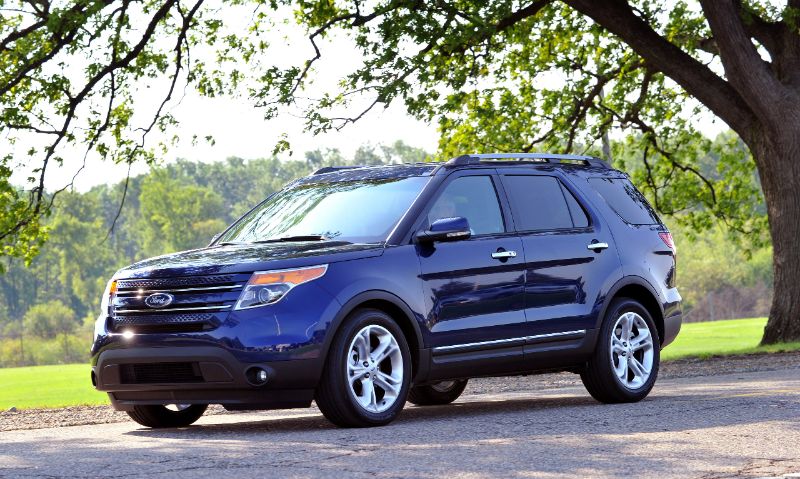
2012 Model
The fifth generation of the Explorer lasted from 2011 to 2015. It was based on a modified variation of the Taurus sedan’s transverse engine and unibody chassis. It arrived with a 3.5-liter V6, 290 horsepower, 6-speed automatic, and front-wheel or all-wheel drive. The 2-liter EcoBoost I4 with 240 horsepower soon followed but only with front-drive models. The Explorer Sport returned for 2013.
Current Generation
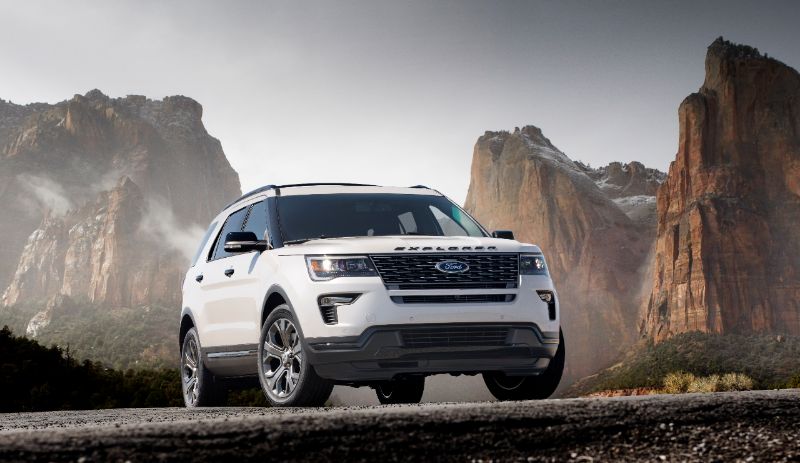
2018 Ford Explorer Sport
The 2016 Ford Explorer ushered in the current sixth generation of this SUV, giving you more or less the model you see as new today when you visit a Ford dealership.





